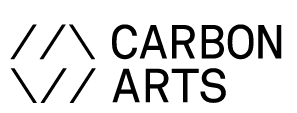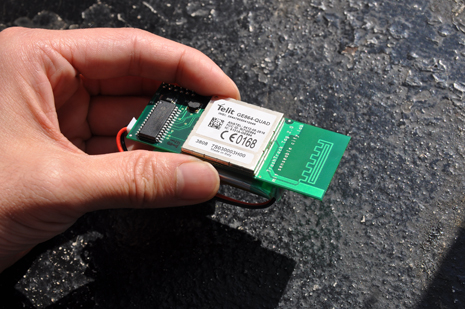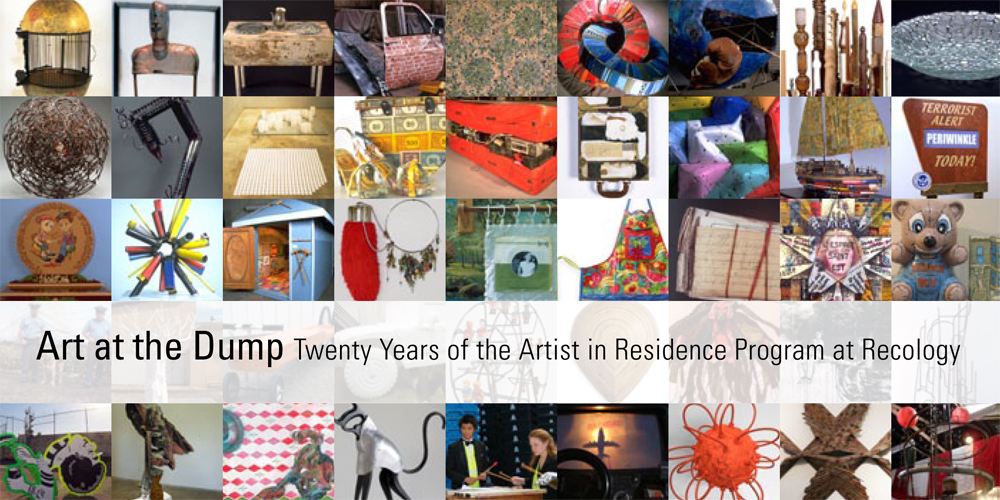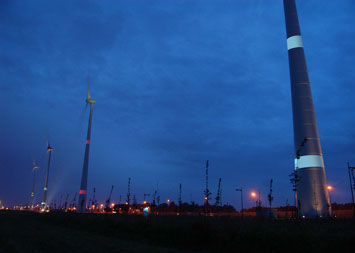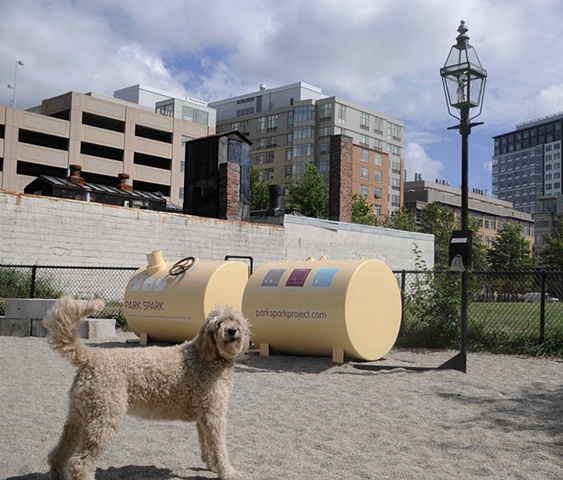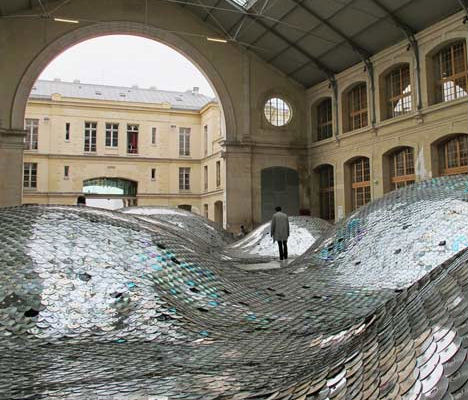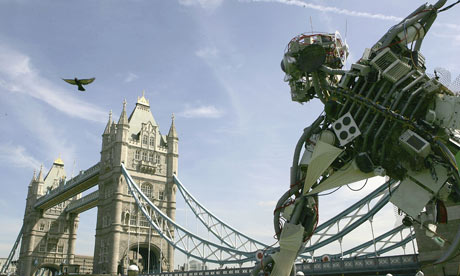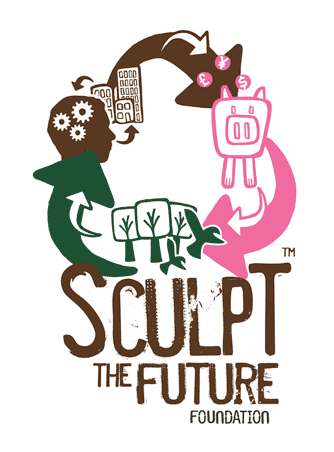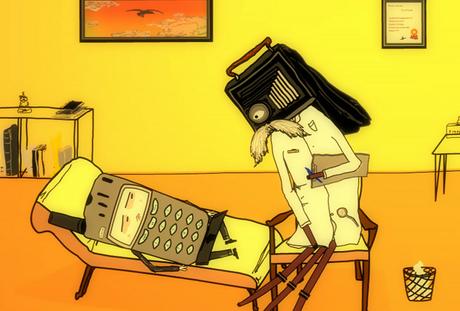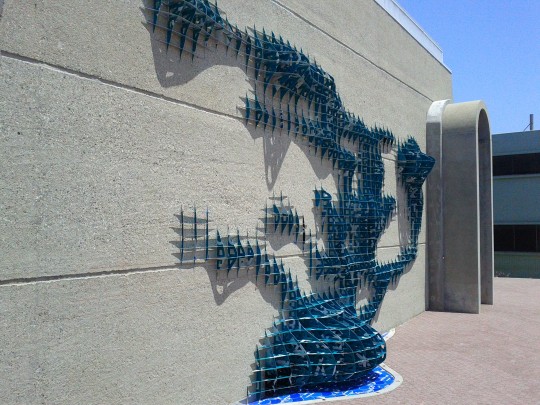Beach Plastic
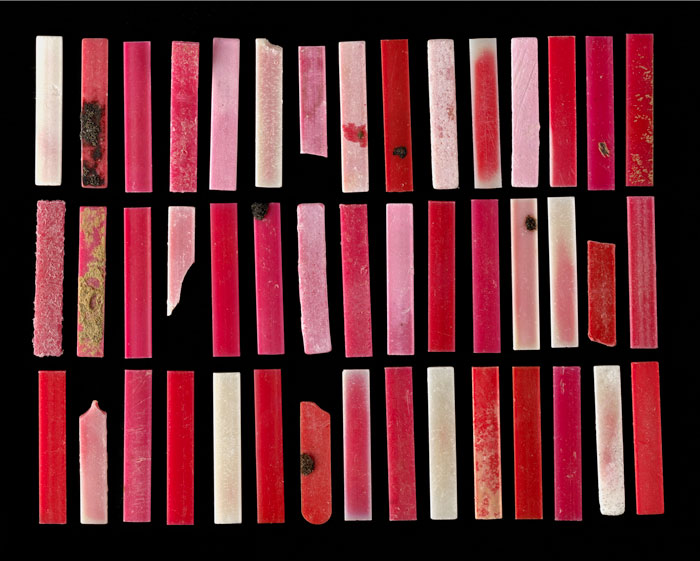
Artists Judith Selby Lang and Richard Lang have been collecting plastic washed up on their local North Californian beach since 1999 and making it to art in an ongoing project called Beach Plastic. Their plastic collages and installations are photographed and bound into art books – pictured here is a stunning collection of Kraft cheese dip sticks! The Pacific Ocean alone is polluted with about 100 million tons of floating trash, 80-percent of which came from land-based sources. Through their consistent efforts, the pair are now experts on ocean pollution, and find hope through the communication of the impacts of a throw-away society that comes from their work.
